In recent years, the energy transition has been one of the main directions in global energy policy, Report informs.
The energy transition involves the replacement of traditional energy resources with renewable ones using the most modern technologies. Rapid advances in renewable energy technologies and climate targets for countries are accelerating the transition to green energy.
Despite the adverse effects of the COVID-19 crisis, renewable energy plants with a total capacity of more than 260 GW were put into operation worldwide in 2020, which is almost 50 percent higher than the 2019 record.
According to a report by the International Renewable Energy Agency (IRENA), more than 80% of the new electricity generation capacity introduced last year comes from renewable energy, of which 91% accounts for solar and wind power. In general, at the end of last year, the capacity of renewable energy sources in the world amounted to 2,799 GW, which is equal to one-third of the total world capacities. However, despite the rapid development of solar and wind energy, the largest share is still held by hydropower (with a capacity of 1,211 GW).
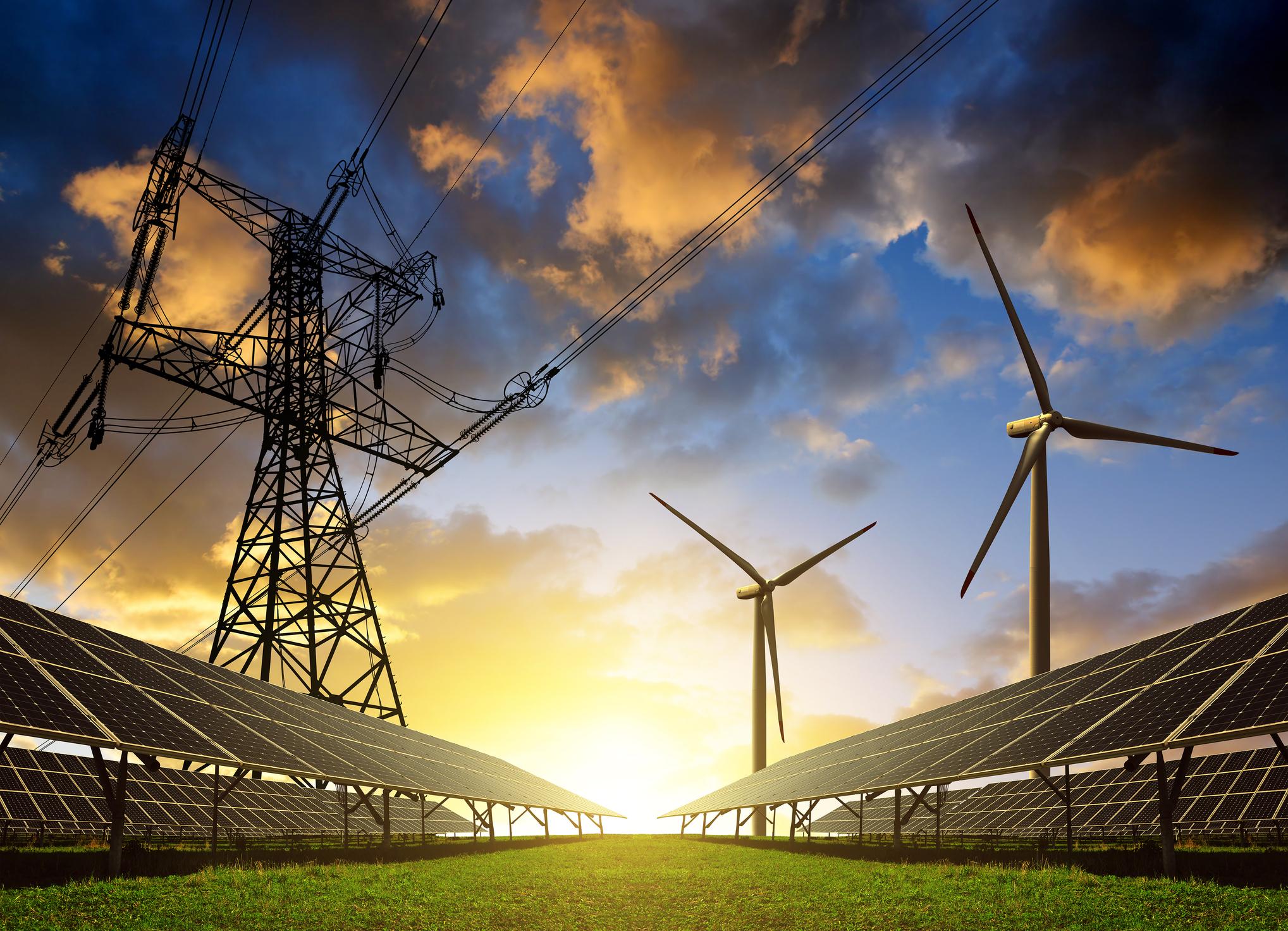
In 2020, new solar and wind power plants with a capacity of 127 GW and 111 GW, respectively, were installed. The energy produced from renewable energy sources accounts for 29 percent of the total production.
The corresponding report of the World Economic Forum notes that if ten years ago the production of solar and wind energy was economically uncompetitive compared to traditional production, and the capacities of solar and wind power plants were 70 GW and 238 GW, in 2020 this figure is 714 GW and 733 GW respectively.
Many factors in the world accelerate the transition to environmentally friendly green energy, one of which is the development of technologies and reducing their cost. For example, between 2010 and 2019, the price of a kilowatt-hour of electricity from solar power plants on an industrial scale decreased by 82 percent, and the cost of energy generated by wind farms decreased by 29 percent. Another factor contributing to lower prices is the widespread worldwide trading of renewable energy, and this mechanism leads to the development of the use of green energy through private investment. Overall, global investment in the energy transition grew to about $500 billion in 2020, up from less than $300 billion in 2011. Moreover, according to a report by the International Energy Agency, renewable energy investment will continue to grow in 2021.
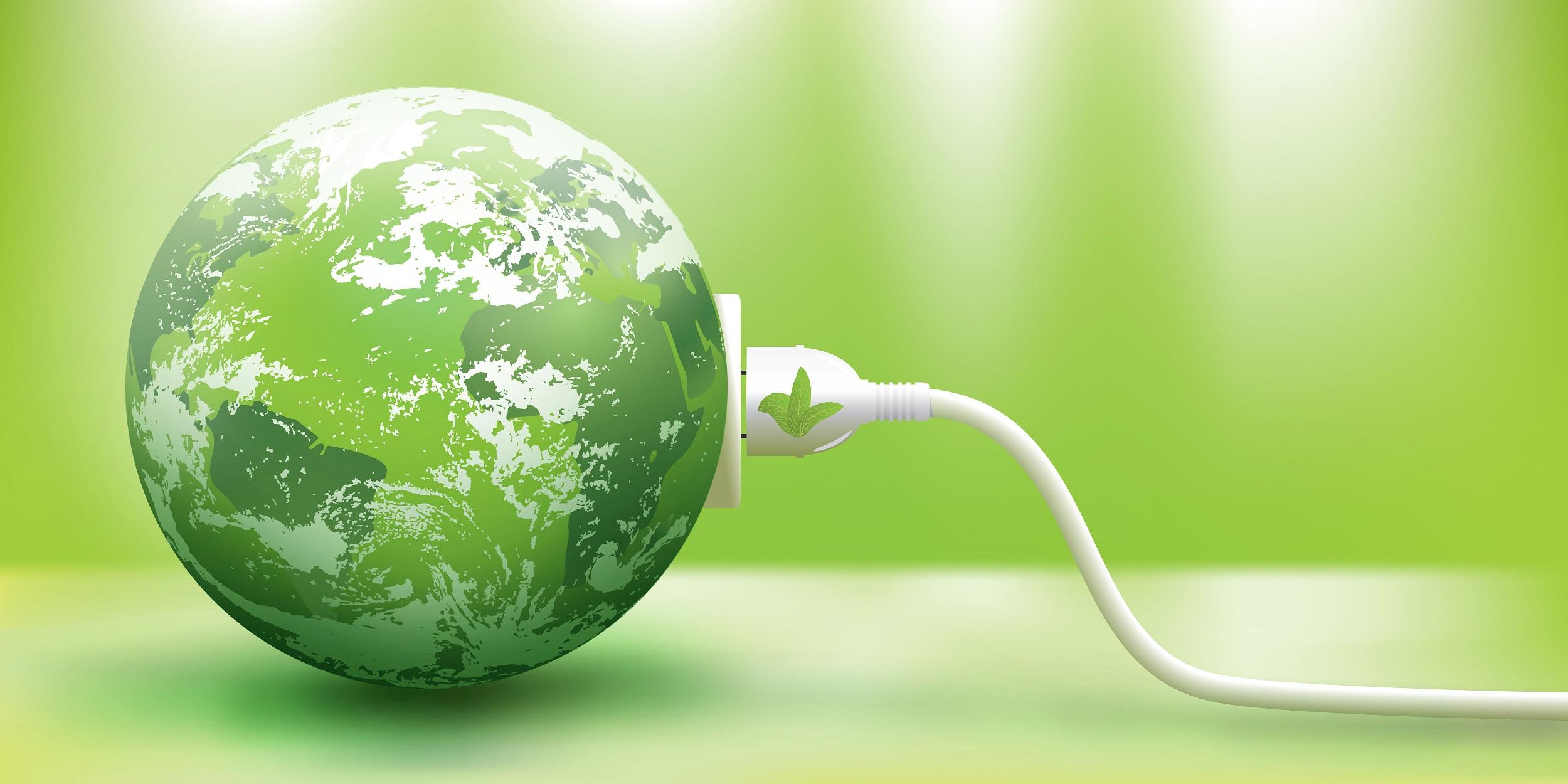
According to many international organizations, the expansion of the use of renewable energy sources is one of the essential pillars of the energy transition, and its development should be accelerated. A higher share of renewables in the energy balance, in addition to economic diversification, can bring many other benefits. The increased use of clean energy sources worldwide also contributes to the fulfillment of the commitments made under the Paris Agreement. At the same time, according to the International Renewable Energy Agency, more than 11.5 million people worldwide found work in this sector last year.
Azerbaijan has a vast potential for the development of the use of renewable energy sources. The country’s potential is currently estimated at 27,000 MW. Of these, the potential of wind energy is 3,000 MW, solar - 23,000 MW, bioenergy - 380 MW, mountain rivers - 520 MW.
In various regions of Azerbaijan, wind power plants with a total capacity of 66 MW, solar power plants with a capacity of 40 MW, bioenergy - 38 MW, as well as small hydroelectric power plants with a capacity of 32 MW are operated. The total electricity generation in the republic in 2020 amounted to 25.8 billion kWh, of which 1.3 billion kWh came from renewable energy sources, including large hydroelectric power plants.
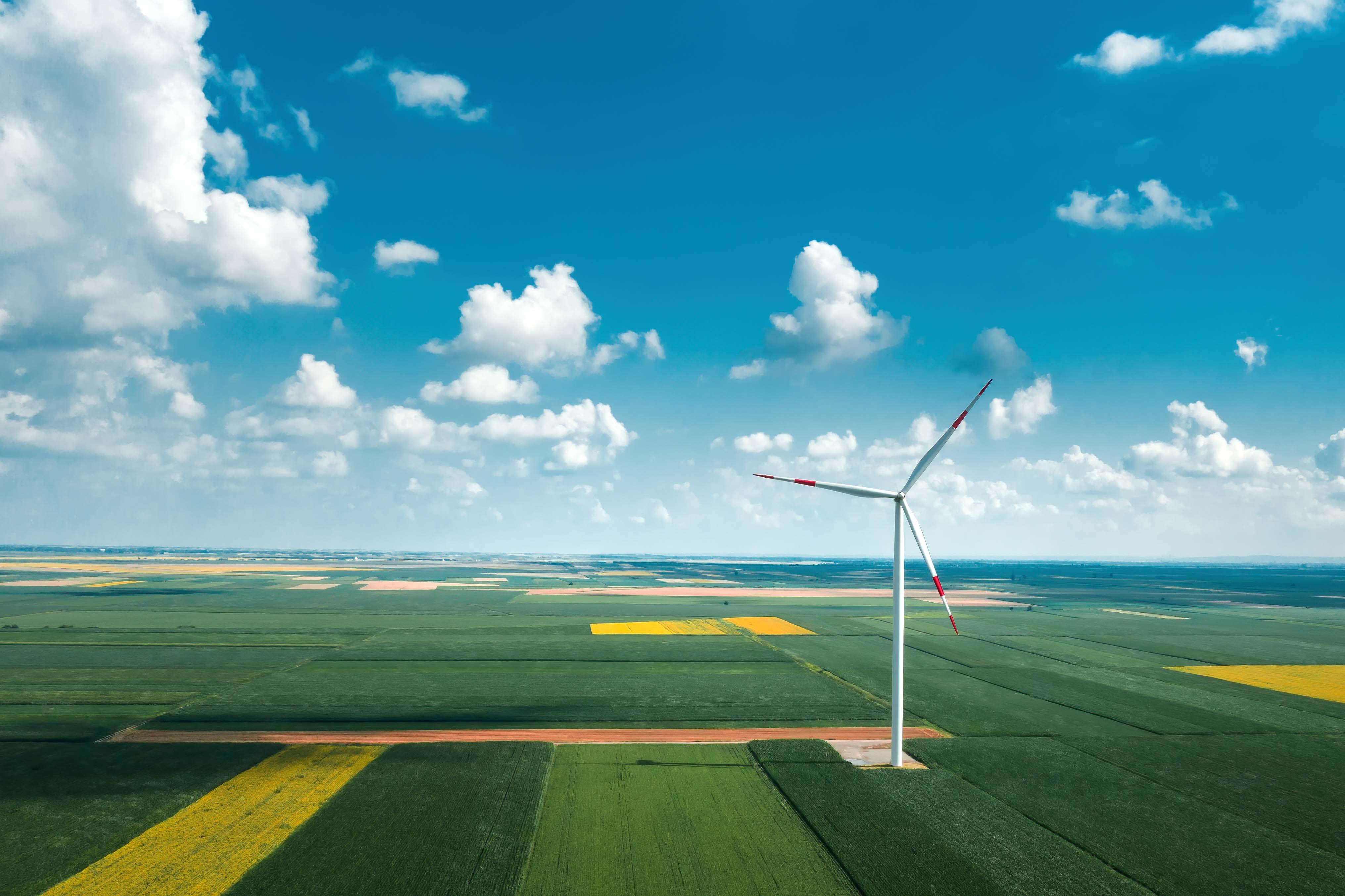
Considering that President Ilham Aliyev put forward the expansion of the use of renewable energy sources as a priority task and goals were set to bring the share of electricity in the installed capacity to 30 percent (currently 17 percent) by 2030, a lot of work is being done in this direction. The first regulatory document in this area was the draft law “On the Use of Renewable Energy Sources in Electricity Generation,” which, after appropriate procedures, was adopted by the Azerbaijani Parliament on May 31, 2021, in the third reading. The law provides for mechanisms aimed at attracting private, including foreign investment, in the development of the industry, one of which is the organization of auctions in the field of renewable energy. In this direction, with the support of the European Bank for Reconstruction and Development, the project “Support for holding auctions on renewable energy sources in Azerbaijan” is being implemented. As part of the project, the rules of the auction have been developed and are being prepared.
Along with this, the implementation of pilot projects related to constructing a wind farm with a capacity of 240 MW and a solar power plant with a capacity of 230 MW, in cooperation with ACWA Power (Saudi Arabia) and Masdar (UAE), has begun. In this direction, the “Investment Agreement,” the “Energy Purchase and Sale Agreement,” and the “Transmission Network Connection Agreement” were signed with the companies. These plants with a total capacity of 470 MW are planned to be built using foreign direct investment worth about $500 million.
An executive cooperation agreement was signed with BP on the assessment and implementation of a project to construct a solar power plant with a capacity of 240 MW in the Zangilan-Jabrayil zone.
At the same time, with the support of the Asian Development Bank, the project “Knowledge Exchange and Technical Assistance on the Development of Floating Solar Panel Systems” is being implemented. As part of this project, for the first time in Azerbaijan, it is planned to install a pilot floating photovoltaic system with a capacity of 100 kW over Lake Boyukshor.
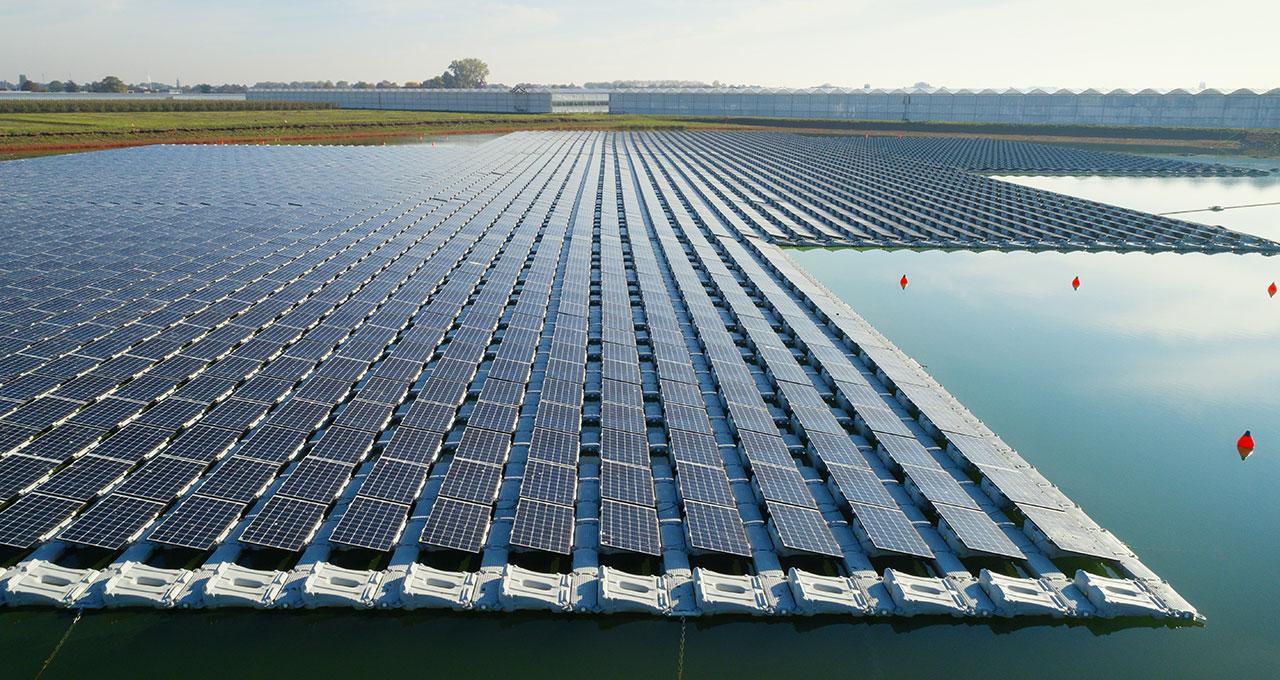
Considering that “Azerbaijan 2030: National Priorities of Socio-Economic Development”, approved by the relevant decree of the president of Azerbaijan dated February 2, 2021, defines Azerbaijan as a country of clean environment and green growth, it can be noted that in the coming period attention to the use of renewable energy sources will be further enhanced. In line with the sub-objective of the priority ‘green energy space,’ the use of electric vehicles and energy efficiency will also remain in the spotlight.
During the construction work carried out in the liberated territories, preference is given to green energy projects. In these regions, the potential for solar energy exceeds 4,000 MW, while wind power reaches 500 MW. At the same time, 25 percent of Azerbaijan’s water resources are formed in Karabakh. Tartarchay, Hakari, and other smaller rivers have significant energy potential.
Other essential energy facilities in the region are the Khudafarin and Giz Galasi hydroelectric complexes. The construction of the 200 MW Khudafarin and 80 MW Giz Galasi hydroelectric power plants is planned to be completed within 2-2.5 years.
To develop a concept and a Master Plan for a ‘green energy zone’ in the liberated territories, an agreement has been signed with the Japanese company TEPSCO, specializing in this area. The work is underway in this direction.


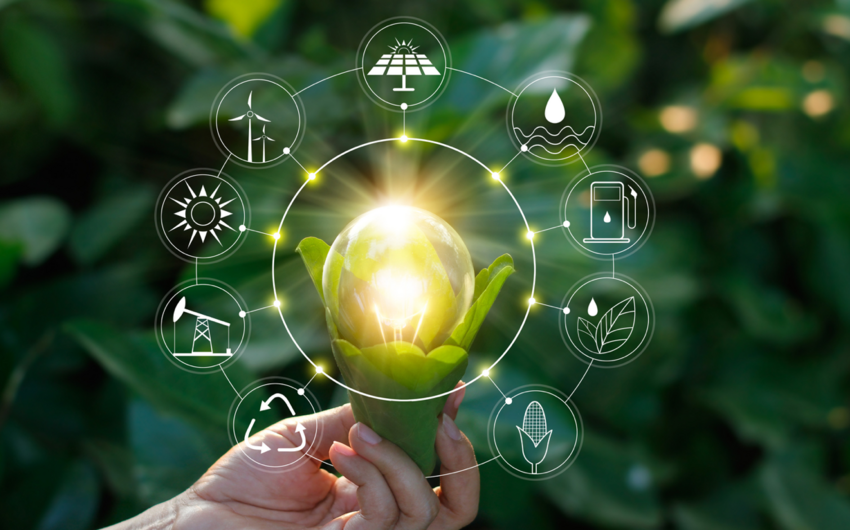 https://static.report.az/photo/29b9b6bc-d86e-343e-befb-94a4d8f7f214.png
https://static.report.az/photo/29b9b6bc-d86e-343e-befb-94a4d8f7f214.png

